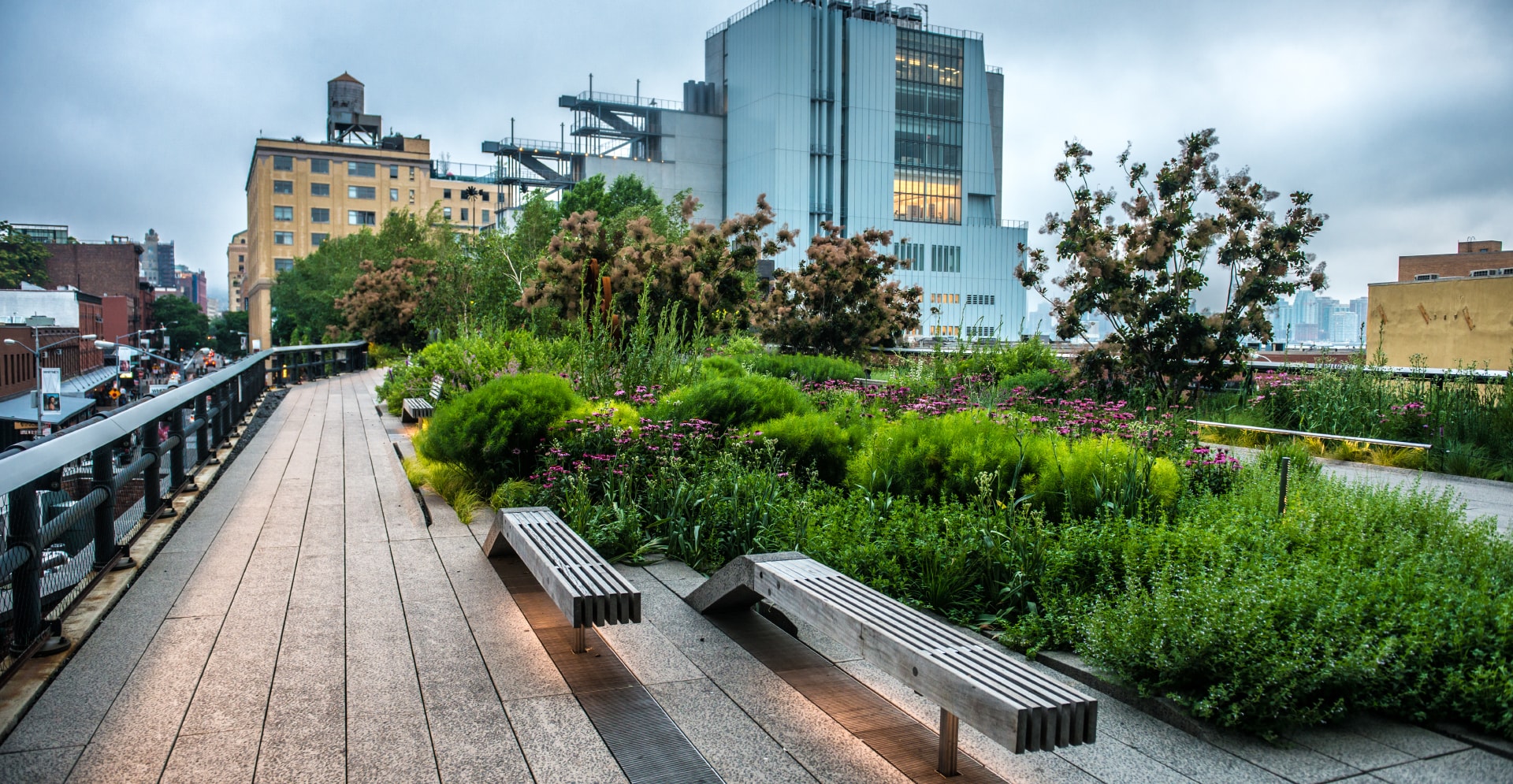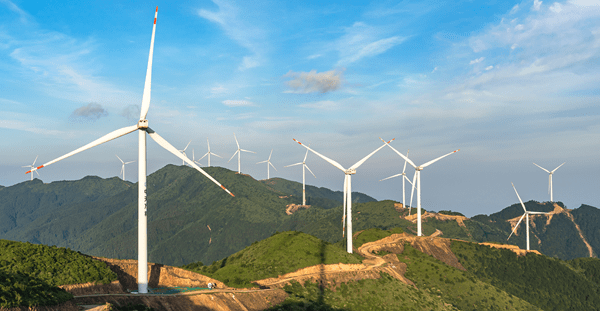Jessica Francisco leads Arcadis North America’s sustainability practice. She drives the organization’s environmental, social and governance impacts while also helping clients achieve their sustainability goals. With the construction industry navigating new challenges in the face of COVID-19, we sought to get her insights on sustainable construction trends and what the industry may see when restart begins.
Q: What trends do you see impacting sustainability and construction?
A: Prior to the current pandemic, sustainability was emerging as a strategic priority for most public and private sector leaders. This was driven by global megatrends such as climate change, resource scarcity, rapid urbanization, global demographic changes and technological advancements. These megatrends are fundamentally changing investor, customer, and employee expectations of how organizations around the world address sustainability.
For the construction industry in the U.S., the megatrends created new client demands and state and local environmental regulations that resulted in an increase in sustainable construction. While most green building activities have focused on reducing energy and climate impacts associated with the building itself, the industry continues to evolve. Sustainable design and construction are expanding to protect occupant health and wellbeing, integrate resiliency to mitigate and adapt to changing environmental conditions, and reduce the impact of embodied carbon in materials and processes.
Q: How is consumer demand driving sustainable construction?
A: In 2006, there were only 296 Leadership in Energy and Environmental Design (LEED) certified projects in the U.S. By 2018, that number grew to 67,200. As increased sustainability awareness among building owners, operators, and occupants about the short- and long-term environmental impacts of buildings drives demand for more sustainable building options, the construction industry is racing to meet it.
Q: How is regulation driving sustainability?
A: As buildings are recognized as one of the largest contributors to global greenhouse gas (GHG) emissions, cities and states across the U.S. are seeking to achieve their climate change goals through environmental regulation. For example, the World Green Business Council’s Net Zero Carbon Buildings Commitment challenges companies, cities, and states to reach net zero carbon operating emissions in their portfolios by 2030, and to advocate for all buildings to be net zero in operation by 2050. Los Angeles, New York City, Portland, San Francisco, San Jose, Santa Monica, Seattle, Washington D.C. and the state of California have also signed on to this commitment. This has resulted in additional environmental regulations for new and existing buildings in these jurisdictions, ranging from annual energy and GHG reporting to building audits, benchmarking and energy reduction targets.
Q: Sustainable construction is often perceived to be more expensive, is that the case?
A: While green buildings are typically more expensive to design and build than traditional buildings, sustainable construction investments typically have short payback periods, reduce operating costs, and increase the value of the asset in the long term. In addition, construction firms can also reduce their upfront expenditures on new construction and retrofits with local and state incentives – particularly for energy efficiency investments. While both New York and San Francisco are still listed as two of the most expensive cities for construction in the world, their affordability has actually improved compared to previous years. It will be interesting to see how prices change in these markets as additional environmental regulations, and incentives, are put into place.
Q: How is technology shaping construction trends?
A: Technology is helping to advance sustainable buildings in the design, build, and operations stages. With Building Information Modelling (BIM) technology, designers can simulate building performance and increase building efficiency. This enables sustainability to be integrated early in the design process, which is much more cost effective for our clients. In addition to helping improve efficiency, BIM can also help reduce waste in all steps of construction. Arcadis has evaluated how BIM and life cycle assessments can be integrated to enable an automated environmental impacts assessment of the embodied lifecycle impacts of building elements.
On the operational side, we are seeing an increase in the number of smart buildings that rely on automated processes to control the buildings’ heating, lighting, ventilation and safety operating systems. Using sensors, controls, and building management systems, you can optimize energy, water and other resource use, increase facility staff productivity, reduce operating costs, and achieve sustainability goals. In the future, smart building data trends can be used as an input in future building designs to continuously improve building performance and reduce its environmental footprint.
Q: How do you see the COVID-19 pandemic affecting sustainable construction?
A: While the current COVID-19 pandemic is expected to impact the construction industry in the short-term, the long-term impacts will depend on the actions taken by individuals, companies, and governments. If investment in sustainable and resilient infrastructure is prioritized, it will not only drive job creation but also support the transition to a lower-carbon economy. Hopefully, the current pandemic provides the impetus needed for us to “build back better” and proactively address climate change. With near zero interest rates, there are many benefits to making those investments now.





